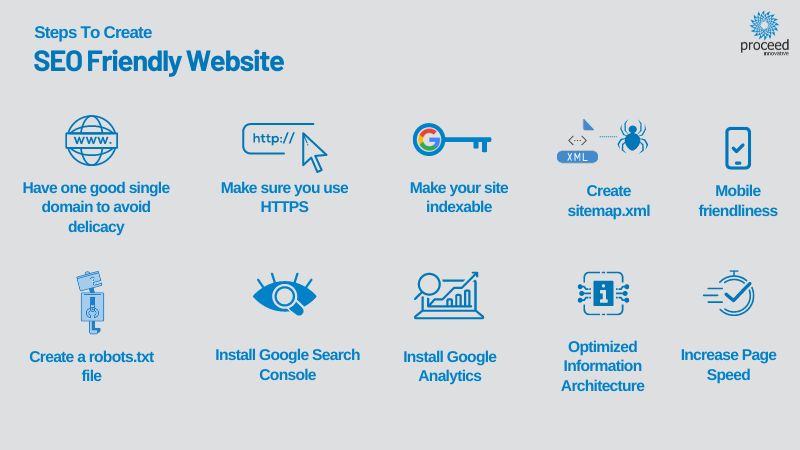CGKY News Hub
Your go-to source for the latest insights and trends.
Crafting Clicks with Clever Design
Unleash your creativity! Discover tips and tricks for designs that captivate and convert. Dive into the art of crafting clicks today!
5 Essential Principles of Effective Web Design
Effective web design is underpinned by several essential principles that ensure a user-friendly experience. First and foremost, usability is crucial; a website must be easy to navigate and understand for users to find the information they need efficiently. This is where principles like the Ten Usability Heuristics come into play, providing guidelines for creating intuitive interfaces. Another key principle is responsiveness; with the increasing use of mobile devices, it's vital that your website adapts seamlessly to various screen sizes. A responsive design not only improves user experience but also positively impacts your site's SEO.
Additionally, the visual hierarchy of a website significantly influences how information is absorbed by users. By using contrast and color effectively, designers can guide users through the content, highlighting the most important sections. Furthermore, incorporating whitespace helps in creating a clean layout that enhances readability. The use of whitespace can lead to a more aesthetically pleasing design and improved user engagement. Lastly, ensuring that your website is optimized for speed is essential; slow-loading pages can deter users, negatively affecting both their experience and your site's search rankings. Tools like Google PageSpeed Insights can help identify areas for improvement.

How to Increase Engagement with User-Centric Design
In today's digital landscape, user-centric design has become essential for fostering meaningful engagement. By focusing on the needs, preferences, and behaviors of users, businesses can create interfaces that resonate deeply with their audience. To achieve this, it's crucial to implement user-centered design principles that prioritize usability and accessibility. This approach not only enhances user satisfaction but also drives conversion rates, ensuring that visitors don't just breezily skim your content but actively participate and interact. Incorporating elements such as intuitive navigation, responsive layouts, and visually appealing aesthetics can significantly improve the engagement levels of your website or application.
Another key aspect of elevating user engagement is consistent feedback. Engaging users effectively means listening to their thoughts and suggestions. Tools like surveys and embedded feedback forms can help capture user opinions on your user-centric design. Additionally, implementing user testing sessions allows real users to interact with your design and provide insights into their experience. Not only does this strategy highlight areas for improvement, but it also demonstrates to users that their voices matter, fostering a sense of community. By making adjustments based on user feedback, you pave the way for a more engaged audience, ultimately leading to a loyal customer base.
What Makes a Design Click? Exploring the Psychology Behind User Interaction
Understanding what makes a design click involves diving deep into the psychology of user interaction. Design is not just about aesthetics; it’s about creating an engaging experience that resonates with users on an emotional level. Various factors come into play, including color psychology, layout organization, and accessibility. For instance, colors evoke specific emotions and can influence a user's decision-making process. Intuitive navigation and well-structured content can enhance usability, allowing users to find what they need with minimal effort. In fact, a study conducted by Nielsen Norman Group emphasizes the importance of visual hierarchy in guiding user attention through a webpage.
Another crucial element in the psychology of design is cognitive load, which refers to the amount of mental effort required to process information. A well-designed interface minimizes unnecessary cognitive load, allowing users to interact seamlessly with the content. Techniques such as whitespace, contrasting colors, and clear typography can significantly enhance readability and user engagement. Additionally, Interaction Design Foundation explains how memorable designs often incorporate user feedback, creating a loop of constant improvement. Therefore, recognizing how users think and behave can lead designers to create experiences that not only catch the eye but also foster lasting interaction.